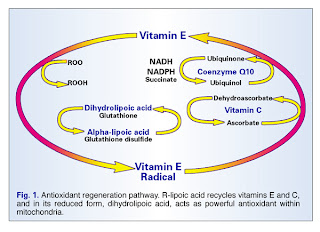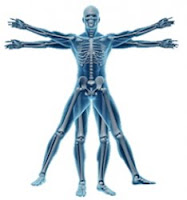This replaces “The Dominance of Duh,” a diatribe written in a haze of detox from overmedication. This post should be more useful.
“First, do no further harm.”
It’s the most important treatment guideline there is.
Why is that so relevant? Because Nature doesn’t give the body a free pass, just because the poison comes with a prescription. Physics and chemistry are not impressed by education; they do exactly what they are supposed to do, regardless of who’s watching them… Or failing to.
Therefore, prescriptions don’t alter the nature of what’s being prescribed. Every assault on the body — however therapeutic it’s intended to be — triggers a response involving the nerves, inflammation, and immune system. Medications affect the liver and kidneys, and probably the intestinal system as well.
That’s a lot to affect.
How do you deal with this in the real world, as a real person with real conditions requiring real medication?
Well, good friends help. So does communication. Here’s why:
Your doctor/practitioner is supposed to do a risk-benefit analysis of each drug prescribed. Some take this more seriously than others, some weigh the risks differently, and each practitioner has a unique idea of what’s really important in the first place. It’s good to be aware of your practitioner’s priorities and beliefs, so that their decisions make more sense to you, and you can be better aware of what to ask about or follow up on.
Communication: Get the lowdown on the treatment from your doctor, your pharmacist, your nurse friends. It can be confusing at first since everyone has their own ideas, but the common themes (and common concerns) will emerge, giving you something to look into more closely. Also, they can tell you what terms to use when you go to look it up online.
Good friends: One reason we have friends is so we don’t have to hold everything in our own heads: we can talk things over with them, and then go back for reminders. Another is because they can help us clarify our thinking, and if your meds can make you a bit confused, that’s essential! It’s important to have friends who can tell you when you’re a mess, and maybe it’s time to get your meds re-evaluated.
Need to get your meds re-evaluated? That brings us back to communication, and talking things over with your doctor. It’s a perfectly reasonable thing to ask, so feel free to: medically speaking, it’s good practice to do this periodically. Bring a friend to the appointment, if that would help you discuss it.
Three more things you can do, essential to health: drink plenty of water, eat plenty of produce, and get a bit of fresh air every day. These help your body clear out the excess, keep your natural detox systems working, and provide your body with the building blocks for recovering from the chemicals — either the added chemicals of medication, or the stress chemicals your body releases around treatments and procedures, or both.
Being a patient is a tough job. We have to trust our beings to people who aren’t us, and that entails a certain amount of risk. It’s EXTREMELY easy to blame doctors for screwing up, but when all is said and done, we own our share of responsibility in that relationship.
So talk to your doctor. Talk to your friends. Drink up and eat your greens. Now let’s take a nice walk …









